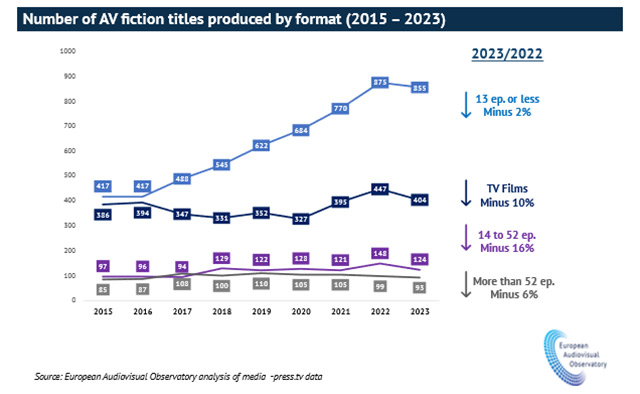World
Europe’s 12 cities that are really just one giant mega-city stretching for miles

Often called a “mega-city,” the Ruhr area is home to 12 cities that stretch over 70 miles, creating a densely populated and interconnected urban jungle.
With over five million residents, it is Germany’s largest urban area and the third-largest in the European Union, right behind London and Paris.
The Ruhr is made up of cities like Dortmund, Essen, Duisburg, Bochum, Gelsenkirchen, Oberhausen, Bottrop, Mülheim an der Ruhr, Herne, Langenfeld, Ratingen, and Velbert, all of which have their own unique history. Yet, these cities have grown together over the years, forming a massive industrial landscape.
There’s no official central hub, with each city maintaining its own administration, but together they create a large, shared urban space. The region became famous during the Industrial Revolution, turning into Germany’s centre of coal mining and steel production.
READ MORE: The historic English city rated ‘more beautiful’ than Venice, Rome and Barcelona
Though much of its industrial roots remain, the Ruhr has changed considerably in recent decades. Cultural initiatives and service sectors have replaced heavy industry in many areas.
The transformation has been so significant that in 2010, the region was named a European Capital of Culture, bringing attention to its new focus on art, architecture, and heritage.
The Ruhr is also well-known among football fans. Clubs like Borussia Dortmund and Schalke 04 are among Germany’s most successful, with their fierce rivalry, known as the “Revierderby,” attracting worldwide attention.
Covering an area of around 5,062 square miles, the Ruhr’s size is staggering. The cities are bordered by the rivers Ruhr, Rhine, and Lippe, forming a natural boundary to the south, west, and north.
Despite its size, the cities are very well connected with efficient transport links and several shared cultural institutions.
For travellers or those interested in German city life, the Ruhr offers a unique experience.
Whether it’s exploring Dortmund’s football culture, visiting Essen’s museums, or simply wandering the industrial relics that dot the landscape, the Ruhr feels like one enormous city with a variety of many.










